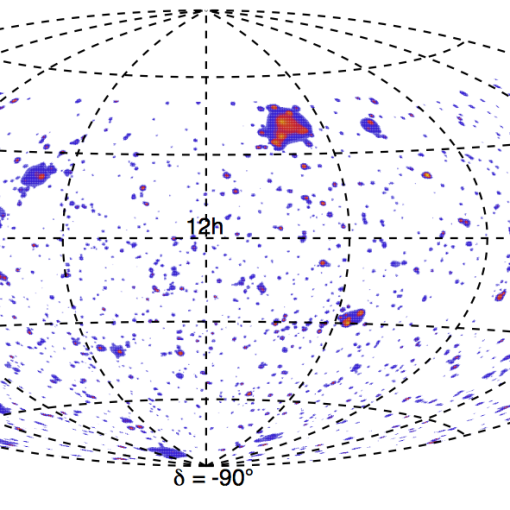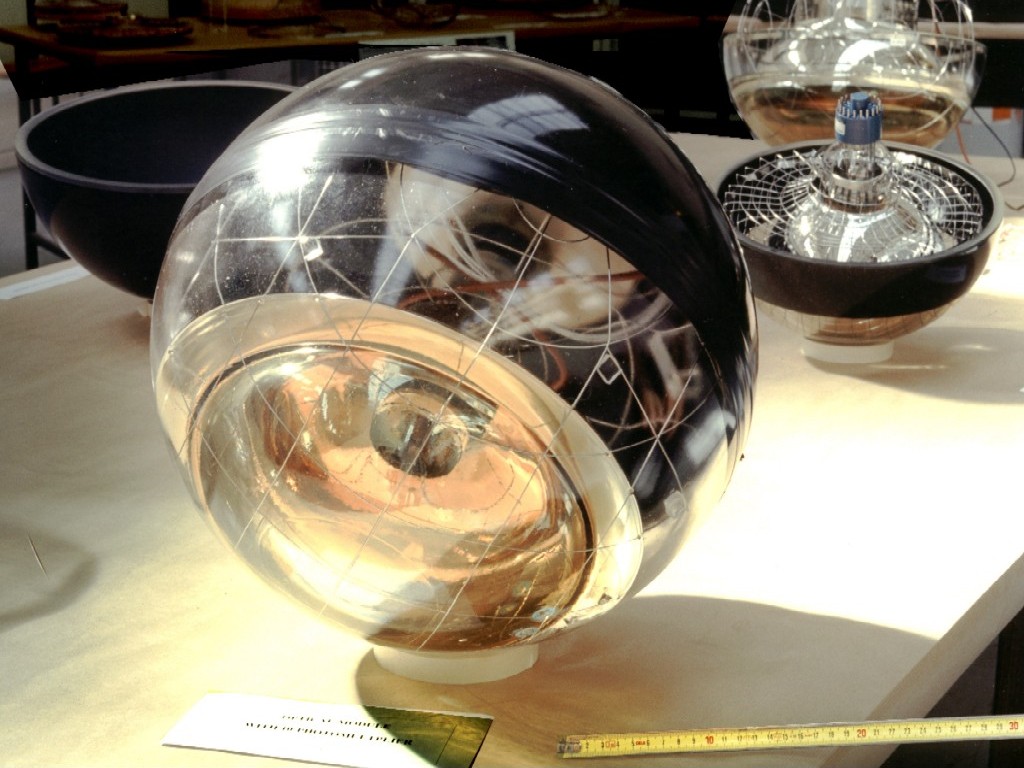You may also like
On Saturday July, 27th, during the Neutrino Session at ICRC 2019 (Madison, USA), the ANTARES Collaboration will present the results of an updated search […]
The presented study is an updated search for Magnetic Monopoles (MMs) using data taken with the ANTARES neutrino telescope over a period […]
ANTARES congratulates IceCube for their highly significant (4.2σ) observation of a new High Energy neutrino source NGC1068, a galaxy 47 million light […]
August 30th, 2005 The Japan earthquake detected A seismometre rests at a depth of 2500 metres on the mediterranean sea bed, linked […]







